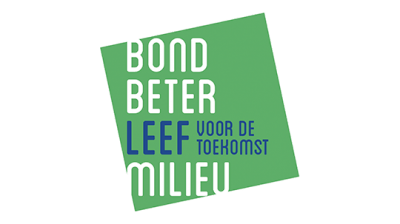Schoolbouwprojecten circulair aanbesteden? Yes we can!
Increased support for circular building principles
Studies show that with our world population, we use more raw materials and produce more waste than our planet can handle.
Both Bureau Bouwtechniek and the University of Antwerp have for many years now had the ambition to integrate sustainability into their day-to-day activities. Hence the initiative to work together on solutions to place less of a burden on our planet in the future.
With this research project, we want to encourage a wider public to build in a more circular way and address as many players in the building process as possible.
Specifically, we want to focus on an inventory of circular products and services, as well as create greater support for circular building principles by raising awareness among the various construction partners in building projects about the topic.
Key results |
Key lessons learned |
|
|
What will the future bring?
Thanks to the project, we currently have two full-time equivalent employees providing advice on circular construction. The new service within our consultancy offers an answer to the demand for LCA and LCC studies as well as for guidance in design and product development. We therefore continue to focus both internally and externally on the integration of the circular economy in the construction sector.
The case study campus Paardenmarkt will be followed up further, and we will incorporate the final results and the course of the project in a presentation with a view to sharing knowledge.
We will also continue to focus on sharing knowledge about circular developments in current projects through lectures and learning networks. We will also maintain the links we have formed with knowledge and government agencies and thus contribute to a structured transition to a circular construction world.
Bureau Bouwtechniek
Partners Universiteit Antwerpen (Faculteit Toegepaste Ingenieurswetenschappen, Onderzoeksgroep Energy & Materials in Infrastructure and Buildings)
















